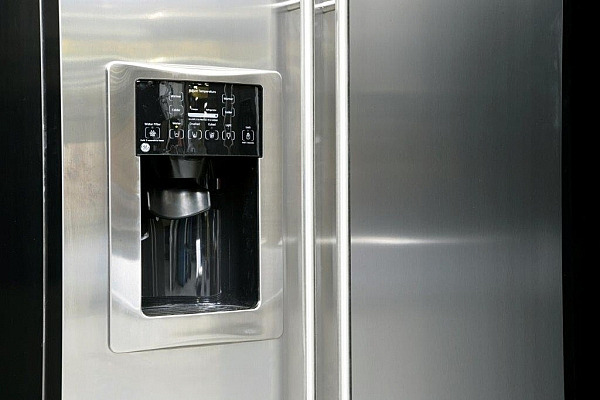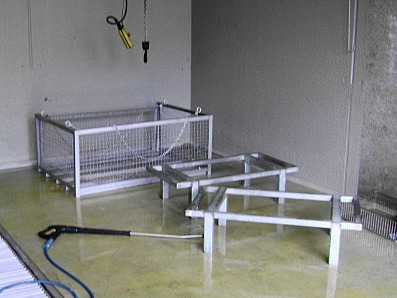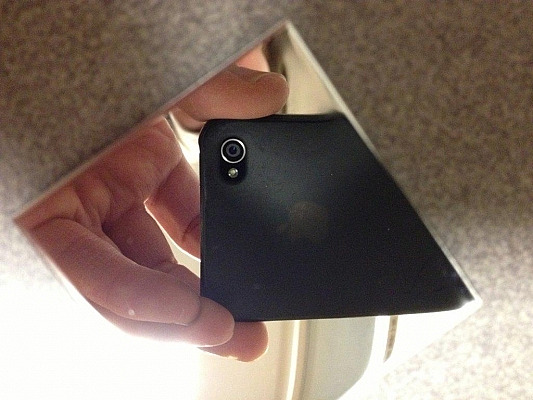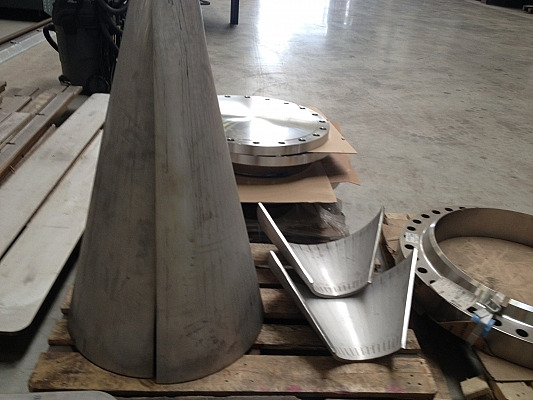How do you clean stainless steel?

Are you tired of finding dirty fingerprints on stainless steel refrigerators, kitchen appliances and splashbacks? Here are a few tips.
- Choose a suitable cloth, preferably a microfibre cloth.
Make sure that the polishing cloth is non-abrasive. No scouring sponges or cloths with hard bits. And preferably a cloth that absorbs water droplets immediately, because circles of scale will appear on stainless steel that remains wet after cleaning. In this respect, you can use a sponge first to clean the surface, but you should wipe it dry afterwards. A microfibre cloth is therefore ideal.
- Choose the right cleaning product.
Even though special stainless steel cleaners definitely are an option, they are not always necessary. A mild soap solution is also suitable. Stay away from abrasive and chlorine-based products as chlorine is the biggest enemy of stainless steel. A little washing up liquid in water, vinegar in water... all this is actually suitable. For stubborn dirt or caked matter, the rule of thumb is that you can use just about anything provided it is soft and you rinse the area with ample water afterwards.
Among the stainless steel cleaners that you can buy in a store, some are food grade, others not. As a rule, you have two types of cleaners: products which effectively clean, and products which apply a greasy layer instead, giving the stainless steel an even colour. But a little vegetable oil is a perfect alternative. No, if you use it sparingly, your stainless steel won’t become greasy, and it is even a good idea because this helps fill the tiny pores in the stainless steel, which in turn makes it less susceptible to dirty finger marks.
Whichever product you use: when in doubt, test it on a small, less visible area.
- Clean stainless steel along the brush strokes.
Stainless steel is often brushed in one direction. If that is the case, you should wipe it along the brush strokes.
- Dry the stainless steel.
If the stainless steel is still wet after cleaning, dry it along the direction of the brush strokes.
- Be patient, time is on your side.
In a kitchen, everything has to be cleaned regularly. Stainless steel is a splendid product with a false reputation: it is sold with the promise that it won’t require any maintenance. Of course, that is not true; no material is maintenance free.
There’s good news, however: the problem of fingerprints mainly affects new stainless steel. With frequent use and regular cleaning, you will see the unsightly fingerprints issue disappear as time goes by.



